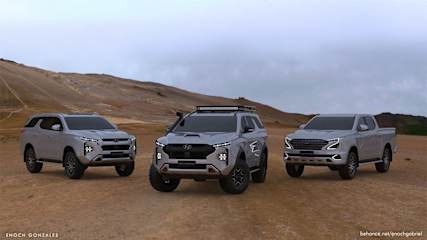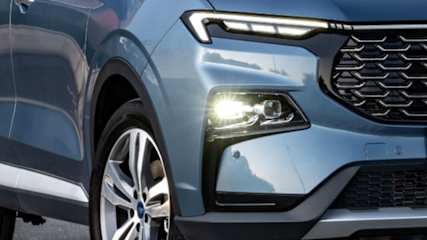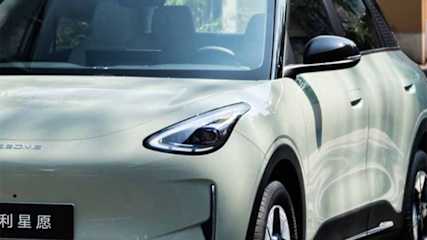Why size doesn't matter when it comes to the price of a car | Opinion
By Tim Nicholson · 08 May 2025
Does size matter? It’s an age-old question but when it comes to cars, it’s complicated.Most car reviews - rightly - will cover whether the model represents good value for money. That will usually include a focus on what is and isn’t included in the standard features list, the safety offering, quality of materials and more.Often this will include whether you get enough metal for your money. Is the car big enough for the price?My question is, should size factor into the value of a car? And how do you fairly determine value when each buyer has a different budget?I understand that everyone has different requirements when looking for a new car. A family of five will require more space than a family of two, or a single person, for example.But I would argue that size should not determine whether a car represents good or bad value for money.Again, I appreciate that many people will want as much car as they can get for their money, based on how they will use it. But surely things like overall vehicle quality, the drive experience and how the car makes you feel are just as important.Here’s an example. A Honda Civic e:HEV L costs $49,900 (drive-away). When compared with old foes like the Mazda3 and Toyota Corolla, it is seen as being quite a lot of money for a small hatchback.For roughly the same price as the Civic, you could buy an entry grade large seven-seat SUV like a Kia Sorento, Hyundai Santa Fe, Isuzu MU-X, or a Toyota Kluger.But just because you can get a bigger car for the same price, should you?If you don’t need the space, then I say you shouldn’t. And not just for reasons like the environmental impact of large vehicles, or the sheer space it takes up on the road. Although those reasons are also valid.If a smaller car ticks other boxes including being fun to drive, that should be enough.Back to my example - the Honda Civic hybrid is an excellent car. I would argue it’s the best small passenger car (as in, not an SUV) on sale in Australia. It has excellent build quality, a solid standard features list, a handsome design, nicely executed interior and an exceptional and efficient powertrain.Something like that is a perfect car for me. And I don’t feel like I would be ripped off buying this instead of a larger car.Similarly, if someone has the means to buy a premium car instead of something from a mainstream brand, that’s fine. As Donna Meagle famously said in Parks and Recreation, “Treat yo’self!”Sure, a circa-$60,000 BMW 120 hatch may not have the same level of standard features as a higher grade Toyota Corolla or Mazda3 - which cost $20,000 less - but who cares?If you have your heart set on a premium car like a BMW and you’ve got the money for it, then it doesn’t matter if it’s missing a few features.Whether it’s the materials in the cabin, the way it drives or the feeling you get when driving a premium European car, a model like that often just feels more special.A couple of years back I lived with a Peugeot 308 Premium GT hatchback for four months. That specific grade at the time was priced at $48,990 before on-road costs. Again, there was a lot of commentary about that being a lot of money “for a small hatchback”.I am not suggesting it’s cheap - it clearly isn’t. But that is an excellent little car that made me smile every time I got behind the wheel. I would be happy - proud even - to own one.To reiterate, there is nothing wrong with trying to get as much car as possible for your budget. If you want as many standard features as you can possibly get for $40k, and you are less fussed about how the car drives or its perceived quality, terrific. And there’s no shortage of options, especially with the growing number of Chinese brands offering affordable models.But equally, no one should be shamed for spending big bucks on a car that isn’t the size of a boat, or if it doesn’t tick every single box on the standard features list.





.jpg)
.jpg)


